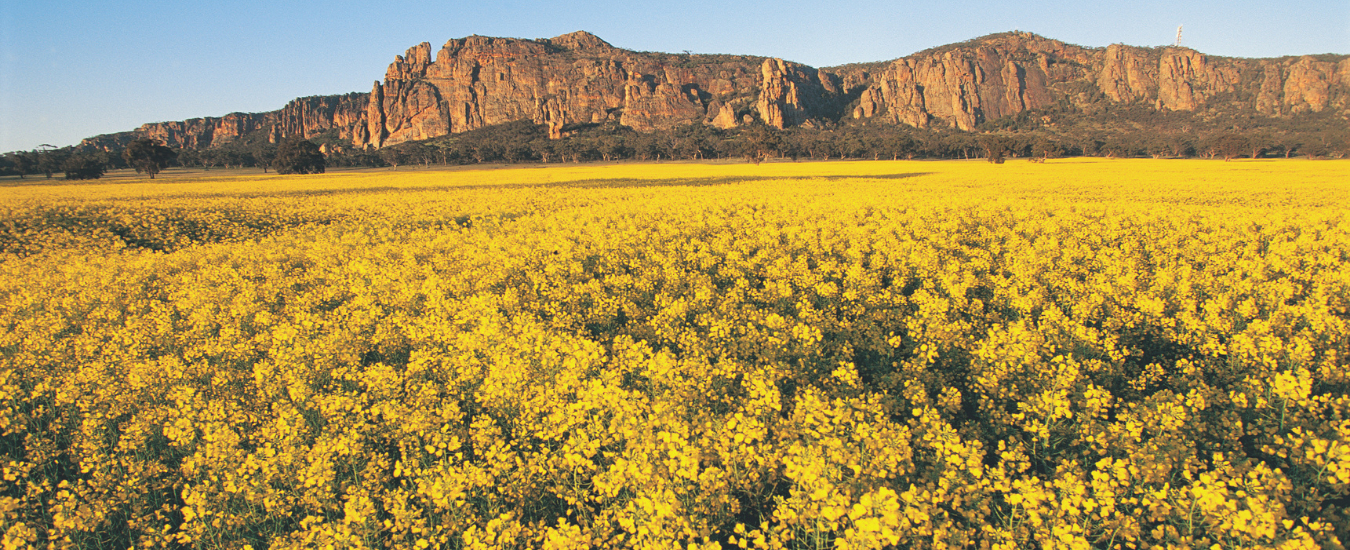Carbon accounting and carbon farming are probably terms you have heard thrown around a fair bit in recent times.
This is due to government policy settings both in Australia and overseas that aim to mitigate the impacts of climate change by reducing emissions of greenhouse gases (GHG’s) such as carbon dioxide, methane and nitrous oxide. The agriculture sector is a significant contributor to Australia’s total GHG emissions, accounting for 14.1 per cent as at September 2020.
Currently the Victorian Government has a target of net zero emissions by 2050, and the Australian Government is aiming to reduce emissions 26–28 per cent below 2005 levels by 2030.
Recognising the part agriculture has to play in reducing emissions many industry bodies are also working towards their own targets. The National Farmers Federation (NFF) and Grain Growers Australia are aiming for net zero emissions by 2050, and Meat and Livestock Australia (MLA) are shooting for net zero by 2030.
But what do these terms actually refer to? And what do they mean for your farm business? Have a read below to find out.
So what is carbon accounting?
Carbon accounting is a way of calculating an estimate of your annual net GHG emissions position. There are two key factors considered when calculating your net position:
1. Your GHG emissions including:
- Carbon dioxide generated by burning fossil fuels for transport and electricity, as well as from fertiliser and supplementary feed
- Nitrous oxide generated from fertiliser application and livestock manure
- Enteric methane produced by the digestive systems of livestock.
2. Your on-farm carbon stocks, meaning carbon that has been removed from the atmosphere and stored in vegetation and soils.
Establishing a carbon account is the first step to understanding your baseline (or current) emissions and identifying areas for improvement. If you are interested in pursuing opportunities like carbon farming or carbon-neutral product certifications setting up a carbon account is essential.
There are several online tools freely available that you can use to create a carbon account for your farm, including:
- The Greenhouse Accounting Framework (GAF), the Sheep and Beef Greenhouse Accounting Framework (SB-GAF) and the Horticulture Carbon Calculator are available to download via the Primary Industry Climate Challenges Centre (PICCC).
- The Australian Dairy Carbon Calculator (DGAS) is available via Dairying for Tomorrow
- The Full Carbon Accounting Model (FullCAM) can be used to estimate tree and soil carbon and can be downloaded via Department of Industry, Science, Energy and Resources
What is carbon farming?
Carbon farming refers to the selling units of carbon that you have either avoided emitting on-farm or captured in the landscape as an Australian Carbon Credit Unit (ACCU). One ACCU represents one tonne of carbon dioxide equivalent removed from the atmosphere via an approved method.
You can receive ACCU’s through the Australian Government Emissions Reduction Fund by registering a ‘project’ through the Clean Energy Regulator. You can sell ACCUs to generate income, to the Australian government and/or to other businesses.
Your emissions reduction ‘project’ must use an approved method in order to be eligible to generate ACCU’s. There are a range of agriculture specific methods currently outlined including:
- Animal effluent management
- Beef cattle herd management
- Estimating sequestration of carbon in soil using default values
- Fertiliser use efficiency in irrigated cotton
- Measurement of soil carbon sequestration in agricultural systems
- Reducing greenhouse gas emissions in beef cattle through feeding nitrate containing supplements
- Reducing greenhouse gas emissions in milking cows through feeding dietary additives
There are also a range of vegetation management methods which may be applicable to farmers including:
- Avoided clearing of native regrowth
- Reforestation and afforestation
- Avoided deforestation
- Measurement based methods for new farm forestry plantations
- Native forest from managed regrowth
- Savanna fire management
There are also a few energy efficiency methods.
Each of these methods have established processes that will guide how you carry out your project and how you will measure resulting emissions reductions.
Like any method of income generation carbon farming involves costs and risks. It is important you assess the costs involved with implementing and running a project and the administrative costs associated with generating ACCU’s before undertaking a project.
It is also important that you don’t ‘double count’ any measured reductions in emissions as the result of a project. For example you cannot use your ACCU’s to demonstrate that your business is carbon neutral and sell them to generate income.
So where do I get started?
Knowledge is power! There is a lot of information out there so make sure you are using trusted sources such as government and industry body websites. Below are some good places to start looking.
- Meat and Livestock Australia Carbon Accounting Technical Manual
- Carbon Marketplace Institute
- Clean Energy Regulator – Want to participate in the Emissions Reduction Fund?
- Meat and Livestock Australia – Get your Business CN30 Ready
If you are looking at contracting a private carbon project developer to deliver an emissions reduction project make sure they are a signatory to the Australian Carbon Industry Code of Conduct.

